Today, SevenPonds spoke with Sarah Treanor, (read part one of our interview here), a fine art photographer and writer based in Ohio. Her recent body of work, “Still, Life,” consists of self-portraits that explore her grieving process following the sudden death of her fiancé in 2012.
Juniper: The natural world is featured prominently in your work, and seems to have its own personality that you relate with in a very embodied way. Did this relationship evolve out of your grieving process?
Sarah: I would certainly say that grief has played an integral part in my connection to nature. The natural world has a way of grounding and calming me — particularly places that remind me of the people I’ve lost. The majority of this series was photographed on my late fiancé’s family ranch in central Texas, and some were shot on the beaches of my hometown in South Texas. So the places themselves were some of the most significant in my personal world. They embody parts of my life and my past that run very deep.
Through shooting the self portraits out in these natural spaces, there started to be a kind of partnership between myself and the environment, like we had equal roles to play. It also felt like connecting back to my own soul and to those who have died before me. So this tie to nature for me is a very spiritual kind of thing. When I shoot, I must feel connected to the earth around me, otherwise that connection will not translate in the image.
Juniper: Several of your images depict hands, often with palms exposed in a gesture of offering or surrender, and often covered with mud or other debris. A short series includes hands covered in calf blood. What is resonant for you about how hands express emotion?
Sarah: I became totally fascinated with hands during various times in the series. They are such a powerful and recognizable symbol of our humanity. They mirror back to us our fears and insecurities, our hopes and dreams. They are complex yet simple, strong yet fragile. A small change in the angle or position of just one finger, for example, can completely alter the tone, meaning and feeling of the story you are telling when photographing hands. It’s details like that which draw me in.
I never set out to do a sub-series of hands, nor did I ever intentionally capture them with palms exposed as you mentioned. Most of that came when in front of the camera, doing things unconsciously under the lens and searching for a particular feeling that I connected to. Sometimes it was anguish and sadness, other times it was hope, human connection or surrender. Most of the meaning though, I wouldn’t figure out until after I’d shot them and began writing about them. The bloody ones, for example, were really just experiments after I had shot the image; “Balance,” holding the calf heart with the strings through it. I just kept shooting and playing around, and began to be mesmerized by the images. It was all very intuitive.
Juniper: Your work portrays a raw and honest journey through grief in stunning greyscale, yet the very first self portrait on your blog – taken just months after your fiancé’s death – is in color. What shifted your aesthetic away from color, and do you foresee a shift back?
Sarah: Okay, this is a funny one. There was no big symbolic reason for this – like grief removing the color from your life. I had teal hair at the time! I’d dyed the bottom half of it a few months before. Once I started shooting the images, I felt like it was distracting to the main content. I wanted to keep the teal, and also keep doing the photographs, and so they became black and white! Looking back now, it probably was also a bit of an unconscious decision based on how grief feels — but the initial prompt was just a funky hair color.
I have always shot a mix of black and white and color work. Really most of my photographs do lend themselves better to black and white because I tend to go for high contrast and simple, bold compositions. I love the timeless nature of it. But I don’t lock myself in to it. If I feel like changing over to color, then I do. I certainly think with the new move from Texas to Ohio — especially since seeing all the amazing fall colors these first few weeks here — that color is definitely going to be re-entering my work going forward.
Juniper: Still, Life began as a series of self-portraits, but this concept has recently expanded to include another special person in your life, as depicted in “The Dance.” Do you have plans to continue an exploration around this theme, including other people in your images?
Sarah: I do. In fact, shooting “The Dance” with my new partner, who is also widowed, sparked an idea for a whole new series. We shot a few images of just his hands that day after doing our hands together. He has a memorial tattoo to his wife on his forearm, and that is where it began. This new project focuses on telling the stories of others who have lost someone, using only their hands and arms to tell the story. The backgrounds and any items they hold or wear will tell the viewer other important parts of their story. It will be a memorial project for the people I photograph, and for the people who see the finished work, it will be a glimpse into a private world of grief.
Juniper: You have plans to publish a book based on images and text from the Still, Life project. Can you give us some more details for readers who may be interested in more deeply engaging with your work?
Sarah: The book is in the very early stages right now. I am editing all of the blog content into new essays that will flow beautifully and cohesively within a book format. The wonderful thing about this is that anyone who has followed the blog entries will get some new content in the book.
I’m also considering including some process shots and explanation of process, as well as some of the photographs that I really love that I decided for one reason or another didn’t quite make the final cut. I’m still considering options of going with a publishing house or self publishing. This end of things is all new to me, so I do welcome any and all advice! For now though, my Facebook page is the best way for folks to keep up with my newest work, news, interviews and any updates on the book.
Juniper: You have very recently moved to a new city, and with that comes a new community and opportunities to explore new directions both personally and professionally. Do you have any plans to expand the healing scope of your work to include guiding others through a creative healing process? Have you considered art therapy as a possibility for a future career?
Sarah: I’ve had a very strong feeling since deciding on this move to Ohio that there will be some major opportunities here to stretch myself both professionally and personally. I don’t know what’s ahead yet. I like to listen more than plan, but I feel that it may be expanding in the direction of helping others more directly.
Creativity has truly saved me and helped me transform my grief in incredible ways. Now that I am coming to a more healed place with my own journey, it seems a fitting time to help others learn how to use creativity to cope with life’s struggles. That being said, I am now open for private one-on-one guidance sessions with anyone who is interested in integrating creativity into their healing process and would like a bit of help and support along the way.
It’s funny you ask about art therapy. I was very interested in going to college to study this, but they didn’t have degrees in art therapy back then. So, I went into design instead, and it went by the wayside. It’s something that’s never left me though. It seems to repeatedly come back up in my world (as it is now, with this question!), so I wouldn’t be surprised if that ends up being a path I take in some form going ahead.
Juniper: Thank you, Sarah, for a wonderful interview. Best of luck with your current and future plans!
Sarah: Thank you!

 How Does Grief Affect the Creative Process? An Interview with Photographer Sarah Treanor, Part Two
How Does Grief Affect the Creative Process? An Interview with Photographer Sarah Treanor, Part Two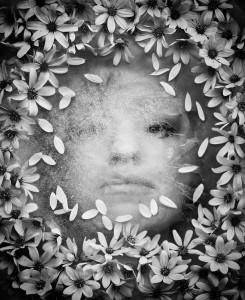
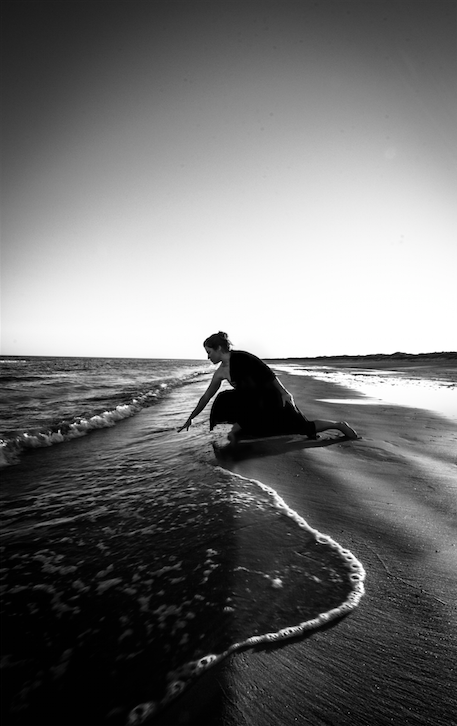
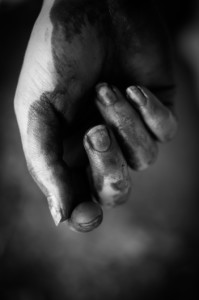
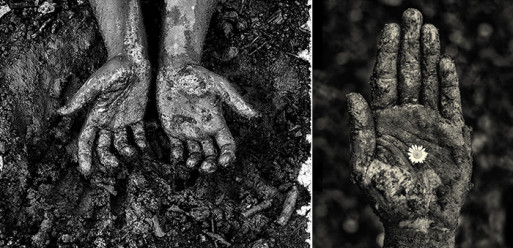
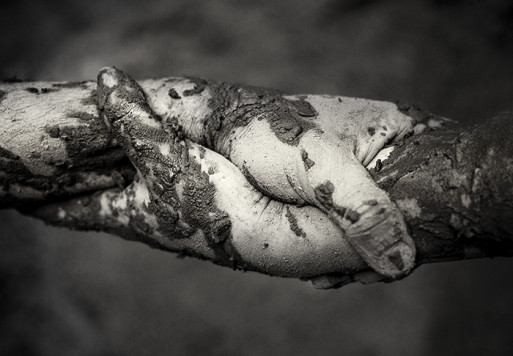
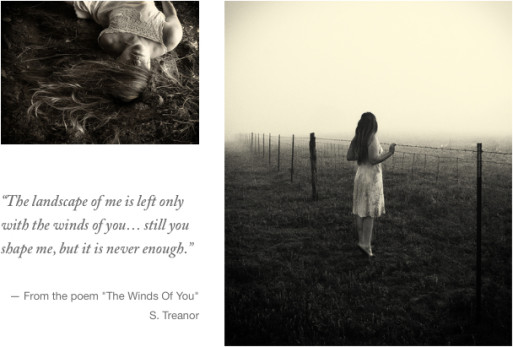
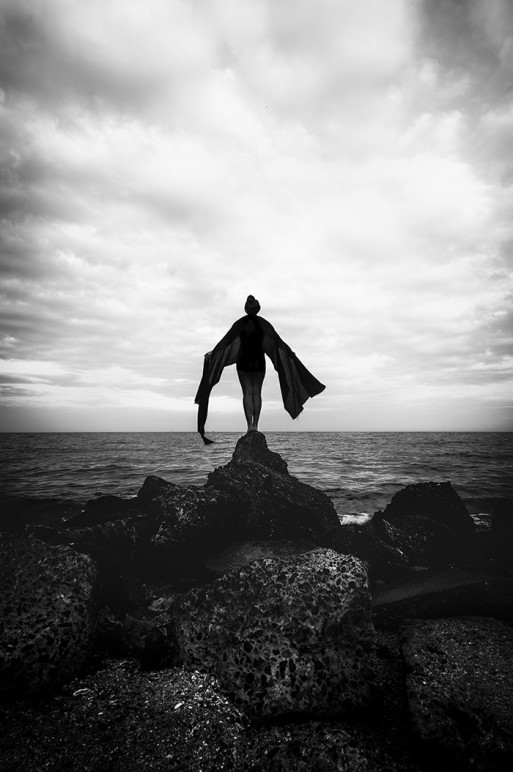



 Our Monthly Tip: Make an “In Case of Death” File to Ease Loved One’s Grief
Our Monthly Tip: Make an “In Case of Death” File to Ease Loved One’s Grief
 Passing of Beloved Comedian Births a New Comedy Festival
Passing of Beloved Comedian Births a New Comedy Festival















